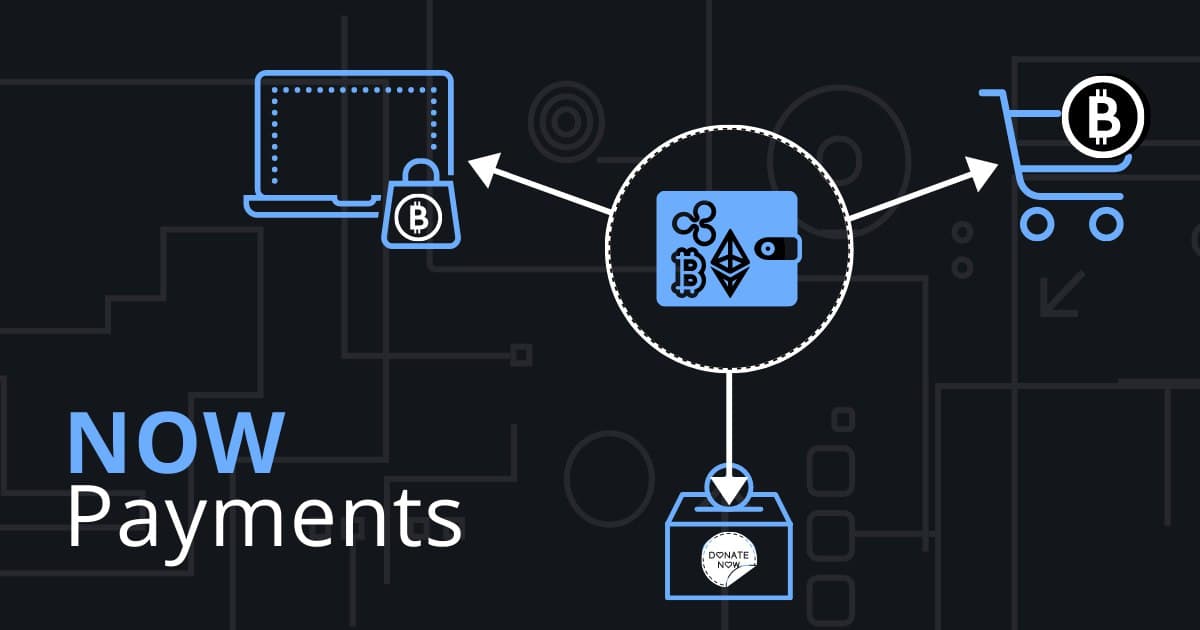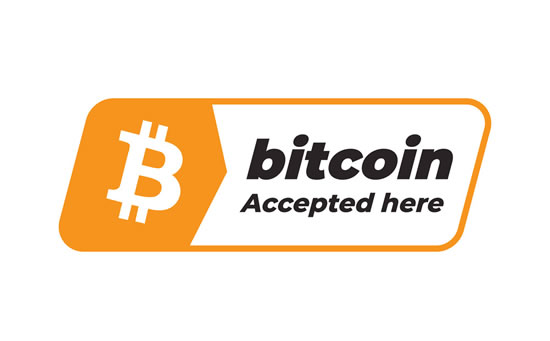Cryptocurrency has significantly transformed payment spheres, its popularity spawning a growing need for crypto payment gateways. If launching such a gateway piques your interest, this article outlines crucial steps to achieve this successfully. Each phase is integral, from understanding blockchain technology to implementing security protocols and dealing with regulatory issues. Harness the power of digital currencies by establishing your unique platform, facilitating seamless transactions worldwide.
Benefits Over Traditional Methods
Cryptocurrency gateways offer several advantages over traditional payment systems. First, they grant global accessibility, enabling cross-border transactions without the typical banking barriers or excessive fees. This democratizes financial access, especially for those without conventional bank accounts.

Security is another forte. Powered by blockchain, crypto transactions ensure enhanced transparency and traceability, reducing fraud risk. Unlike traditional methods where chargebacks can be manipulated, crypto transactions are irreversible once validated.
Speed is also a significant benefit. Cryptocurrency transactions, especially on certain blockchains, can be processed in mere minutes, bypassing the prolonged waiting times of traditional banking.
Lastly, privacy. Crypto transactions can provide heightened anonymity for users, ensuring only the essentials are shared, unlike traditional methods, which often require extensive personal details. Despite the crypto market challenges, these benefits present a compelling case for crypto payment gateways.
Mechanics Behind the Crypto Payment Gateway System
Blockchain technology forms the core of all crypto payment systems. It’s vital to grasp this concept as it guarantees secure, clear transactions throughout the entire process. Let’s explore the main workings that direct a crypto payment gateway:
- Transaction Initiation. Initiating a transaction happens when cryptocurrency is the chosen form of payment. This process includes details from the sender’s digital wallet and the funds for transfer, plus the recipient’s address.
- Verification Process. The system confirms the validity of the transaction. It checks if the sender has sufficient funds and abides by protocol regulations.
- Adding to the Blockchain. After validation, the transaction is incorporated into a block. This then joins the blockchain following consensus approval, forming an unchangeable record.
- Completion and Notification. The system updates both parties, marking the transaction complete. The recipient’s wallet reflects the received amount.

While seemingly straightforward, these mechanics are bolstered by complex algorithms and security measures. Delving deep into these processes and understanding their intricacies can position you to create a robust, efficient crypto payment gateway.
Developing Your Gateway
Crafting a crypto payment gateway is an intricate process deeply rooted in technology and strategic planning. Here’s a step-by-step breakdown of the essential components to consider during the development phase:
- Choice of Programming Language. Consider languages like Python for rapid development using frameworks like Django, or opt for Node.js for scalability due to its asynchronous operations.
- Database Management: Blockchain thrives on robust databases. Evaluate solutions like Cassandra for high availability or PostgreSQL for structured relational data management.
- UI/UX Design. Prioritize a user-centric dashboard. Frontend frameworks such as React or Vue.js can aid in developing an interactive, user-friendly interface.
- Security Protocols. Embed security at every layer. Implement regular penetration tests, adopt best cryptographic practices, and ensure your entire codebase remains free from vulnerabilities.
- Integration Tools. To expedite development, consider integrating external tools. The inclusion of APIs from popular cryptocurrencies can streamline transactions. Additionally, webhooks can automate updates and optimize your system’s workflow.
- Operational Efficiency. Optimize transaction speed to enhance user experience. Prioritizing blockchain scalability could be one way toward this aim; likewise, implementing caching mechanisms may boost performance significantly.
While the journey to creating a crypto payment gateway requires meticulous attention to detail, it’s possible to construct a platform that stands out in the market with the right tech stack and tools.
Partnering With Existing Providers
For fledgling companies intending to set up a crypto payment gateway, collaborating with current providers is a promising strategy. This method brings plenty of benefits such as tapping into existing knowledge and well-built systems.
Current participants in the cryptocurrency area possess significant knowledge that can assist beginners. Their expert advice helps to tackle inherent industry difficulties and steer clear of typical blunders involved with crypto transactions, a field often complicated for novices.
In addition to the benefit of expertise, partnering with established providers allows newcomers to leverage existing infrastructures. Rather than building everything from scratch, which can be time-consuming and resource-intensive, newcomers can take advantage of transaction systems, customer support channels, and other essential components already in place.
The confidence gain is a key benefit in collaborating with known providers. Cryptocurrency enthusiasts often show restraint when engaging with fresh platforms due to the perceived dangers linked to digital money. Aligning with an esteemed provider can boost trustworthiness, heightening user assurance within the innovative platform.
So while going solo has advantages, partnering with established providers can offer newcomers a more secure and efficient pathway to establishing a robust crypto payment gateway.
Conclusion
Cryptocurrency gateways are rapidly redefining the financial landscape. They promise superior security, speed, and universal access — a seismic shift from conventional methods. As our world grows more digital and interconnected, these cutting-edge platforms become both an appealing choice and an essential strategy for securing future transactions. It’s certainly an exciting time in finance, with crypto gateways leading this significant transformation.